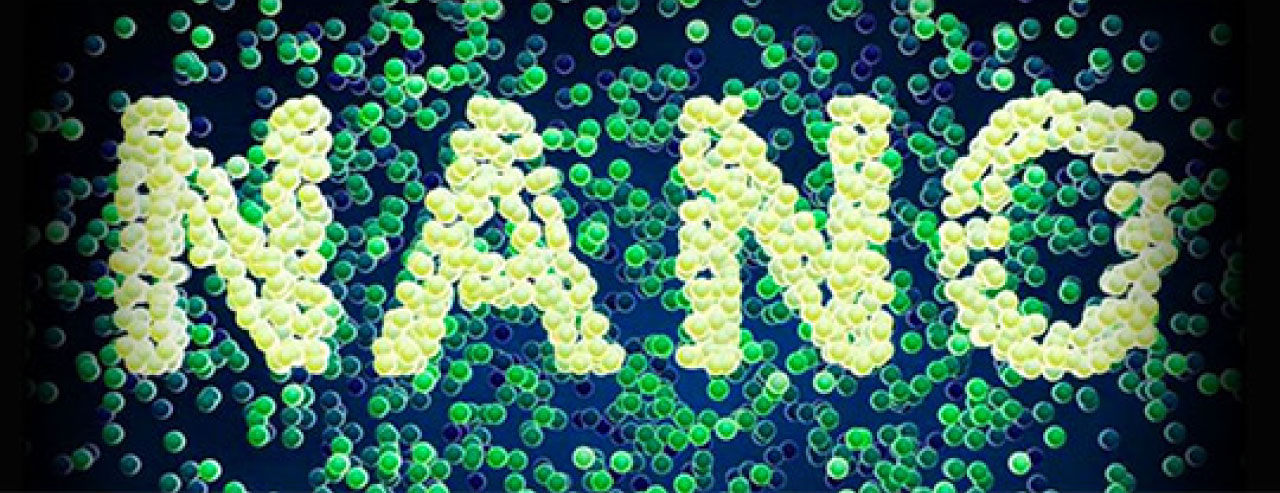
Nanotechnology is the manipulation of materials in atomic and molecular scales. The diameter of an atom ranges from 62 picometers (Helium atom) to 520 picometers (Cesium atom), while the combination of several atoms form a molecule with nano size ranges. The initial description of nanotechnology refers to the usage purpose of the technology to manipulate atoms and molecules to create macro-scale products. The more common description is to manipulate materials with the maximum size of 100 nanometers.
In August 2008, Project on Emerging Nanotechnologies predicted that around 800 nanotechnology products were publicly available, with 1 new product emerged every 3-4 weeks. Most applications are restricted to âfirst-generationâ passive nanomaterial uses including titanium dioxide in sunblock, cosmetic, surface coating, and several food products; carbon alotrop used in gecko tape; silver in the packaging of foods, clothes, disinfectants, and household utensils; zinc oxide in sunblock, cosmetic, surface coating, glasses, jewelry, paint, and furniture warmish; and cerium oxide as a fuel catalyst.
Indonesian Institute of Sciences (LIPI) has developed nanotechnology since 2000 but has not been able to commercialize it. The most basic matter hampering the development of nanotechnology in Indonesia is the absence of a nanomaterial metrology tool. Head of Innovation Center of LIPI said that nanotechnology development in Indonesia had run for 17 years and the current targeted phase was commercialization of research activity-based nanomaterial products.
Nanotechnology in Health Field
Nano element is a particle with 1 : 1,000,000,000 scale.
The average body cell size ranges from 1 â 100 micros.
In which 1 Micro = 1000 Nanos.
It means it is quite small. With such size, research has proven that nanotechnology plays an essential role to maintain health since IT IS EASILY ABSORBED BY BODY CELLS.
In the current health sector, nanotechnology can enhance production quality and safety performance, assist solubility, stability, and absorbability, has multi functions to detect cancer and to lead medicines directly to target cells. Nanotechnology has also been able to engineer medicines so it can reach its targets with appropriate doses, including an opportunity to relieve severe diseases such as tumor, cancer, HIV, and others.